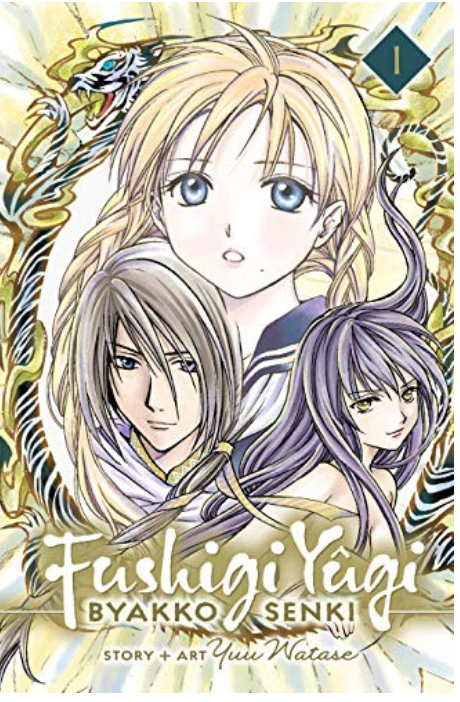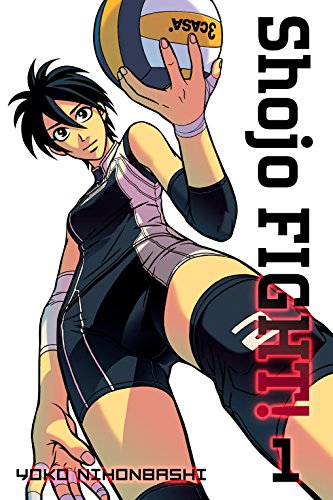Shortcake Cake Volumes 9 and 10 by suu Morishita
There’s around 5 volumes of revelations and drama packed into these two volumes of Shortcake Cake, but one of the advantages of finally finding out the truth about Riku and Rei’s relationship at last is that seeing the backstory and the emotional aftermath as Riku and his friends attempt to deal with their new reality inspires feelings of empathy in the reader. Morishita is adept at portraying a great deal of emotional nuance as the characters in Shortcake Cake start to puzzle out who they are and how their relationships are evolving.
The 9th volume opens with Shiraoka telling Ten and Chiaki the circumstances surrounding Riku’s past. It turns out that Rei’s mom, who was a teacher, adopted Riku after a student of hers left him as a baby in her classroom. Rei was a much-wanted child after a long struggle with infertility. While Rei’s parents tried to raise both boys with equal amounts of affection, Rei grew up attempting to establish his big brother bona fides even though Riku was only one month younger. Rei signed up for extra lessons in an unsuccessful attempt to get approval from his grandfather, who just seems flat-out emotionally abusive because he hates the fact that his daughter even got married in the first place. Rei’s resentment grew and grew, and when his parents died in a tragic car accident, he took the opportunity to kick Riku out. Shiraoka promptly took him in and raised him as an older brother. Aspects of Riku’s personality such as his sometimes ingratiating manner and desire to please but not actually get close to anyone are explained through the events in his past. When Riku’s long-lost older sister shows up at the boarding house he’s confronted with the choice of connecting to his biological family. The core of the story is how Ten and Chiaki are determined to continue to support Riku along with Shiraoka. While Rei has totally been a jerk, it is also clear that he’s lashing out in pain and unable to move on and find any kind of peace within himself.
One of the nice things about this volume is seeing Chiaki’s relentless overtures of friendship towards Riku and how he’s changed after hearing Riku’s story. Chiaki has avoided his overbearing older brother, but after seeing how Riku’s family broke down he’s decided to face his own family again. When Chiaki proclaims about Riku “I love him! He’s my one and only best friend!”, Riku says to himself that Chiaki is an idiot and Shiraoka responds “You’re pretty lucky to have met such a good idiot.” While Riku’s adoptive family might have been torn apart, he’s managing to put a found family together by finally allowing his friends to get to know him, and seeing this evolution take place over 10 volumes of Shortcake Cake is rewarding for the reader. While Riku goes on a visit to Chiaki’s family, Ten attempts to intervene with Rei. As this volume races towards a dramatic confrontation, I’m hoping that both Rei and Riku are able to find some sort of peace. Shortcake Cake‘s stories of found family combined with sibling estrangement make for a gripping story, and it is great to see how the core trio of Ten, Riku, and Chiaki have evolved together through their friendships.






